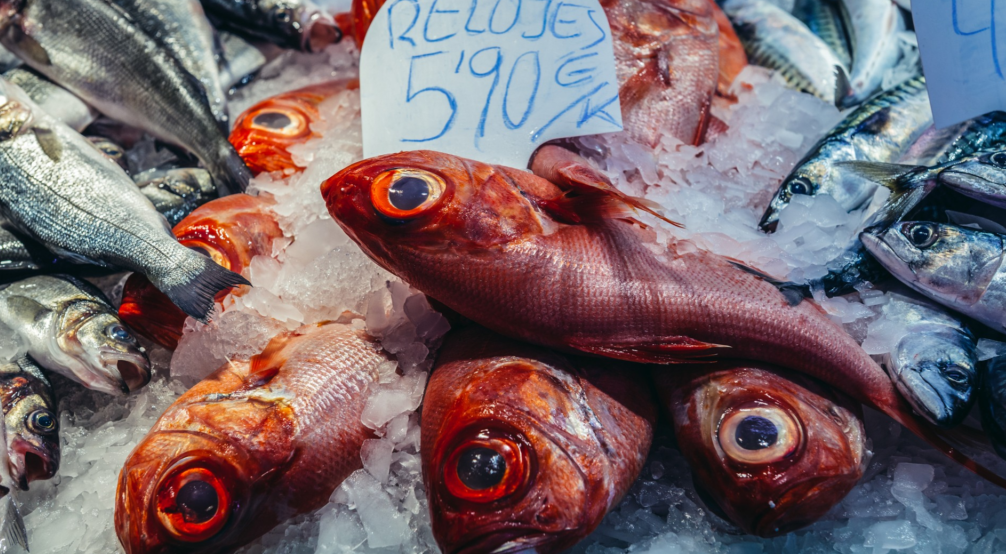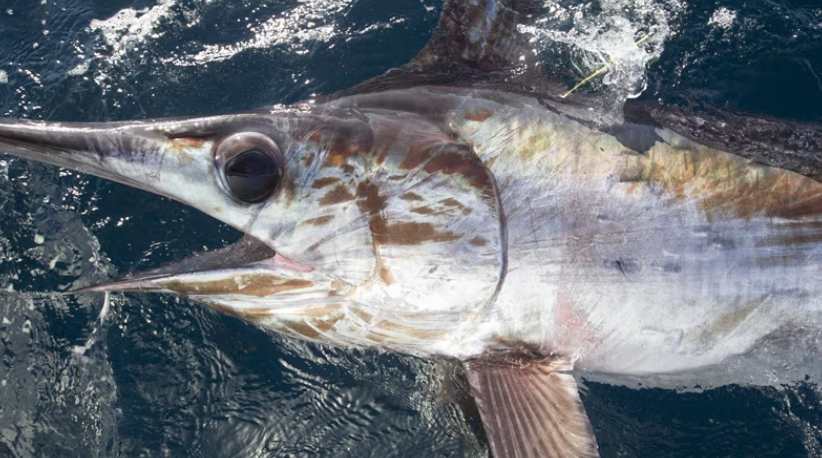8. Imported King Crab
Around three-quarters of all crab sold in the United States is imported from Russia, where unsustainable fishing practices are very common. Technically, the only crab that was caught in Alaska can be called “Alaskan King Crab.” However, mislabelling is incredibly common, so you should know where your crab is coming from. If it says “imported” and “Alaskan” on the label, something is amiss and you should stay away.
9. Orange Roughy

These fish can live for many decades and don’t typically reach se-xu-al maturity until they’re at least twenty years old. They are another species that have been overfished, but due to their very slow reproduction cycles, they have an extremely difficult time recovering. Orange Roughy is also known to have high levels of mercury.
10. Shark
Since sharks have very high levels of mercury. They are also slow to mature and reproduce, and thus overfishing has depleted their populations as well.
11. Atlantic Bluefin Tuna
Bluefin tuna are now considered to be highly vulnerable to extinction. They are also large predatory fish and thus contain high levels of mercury.
12. Swordfish

Another predatory fish, mercury is the main concern here. In reality, the EDF has suggested that women and children avoid swordfish altogether and men consume it no more than once per month.
13. King Mackerel
Both King Mackerel and Spanish Mackerel have high levels of mercury and should be avoided, especially by women and children.
14. Grouper
Grouper has moderately high mercury levels and is vulnerable to overfishing [7]. It is also often the target for seafood fraud. The “grouper” that is for sale is may actually be a cheaper form of fish that is being mislabeled. One study found that up to 87% of seafood like grouper, cod, and snapper may be mislabeled

